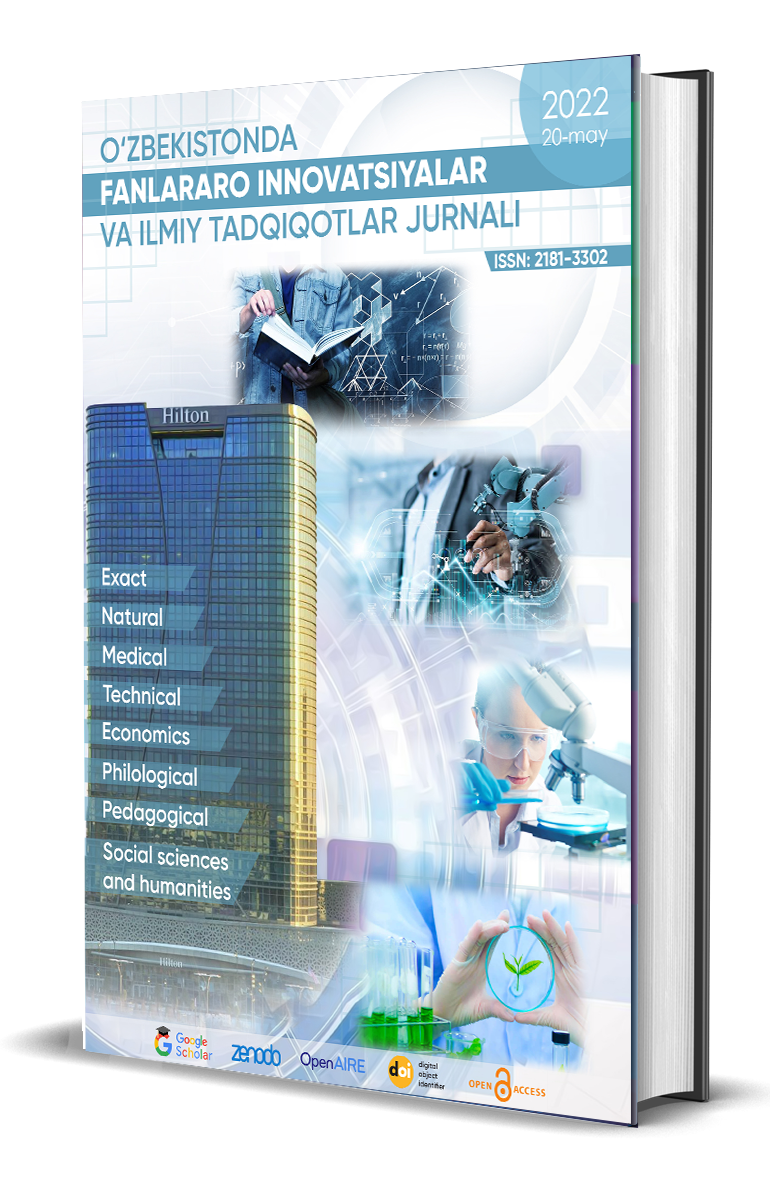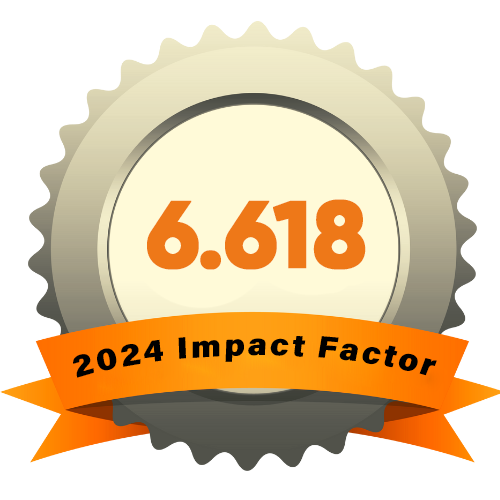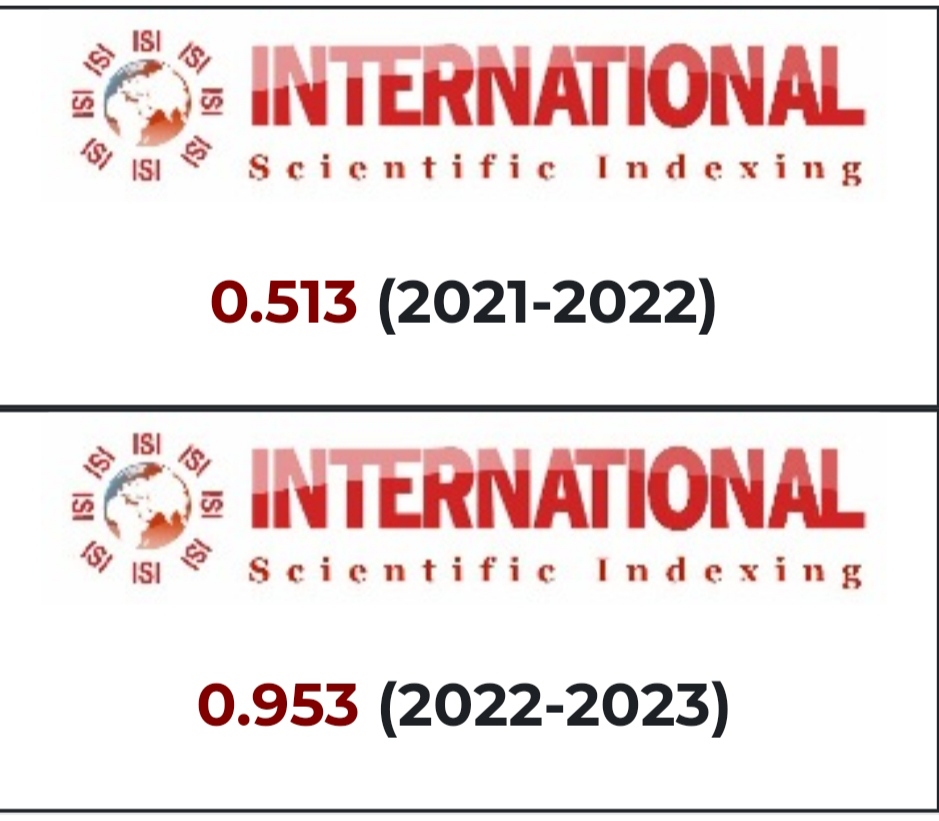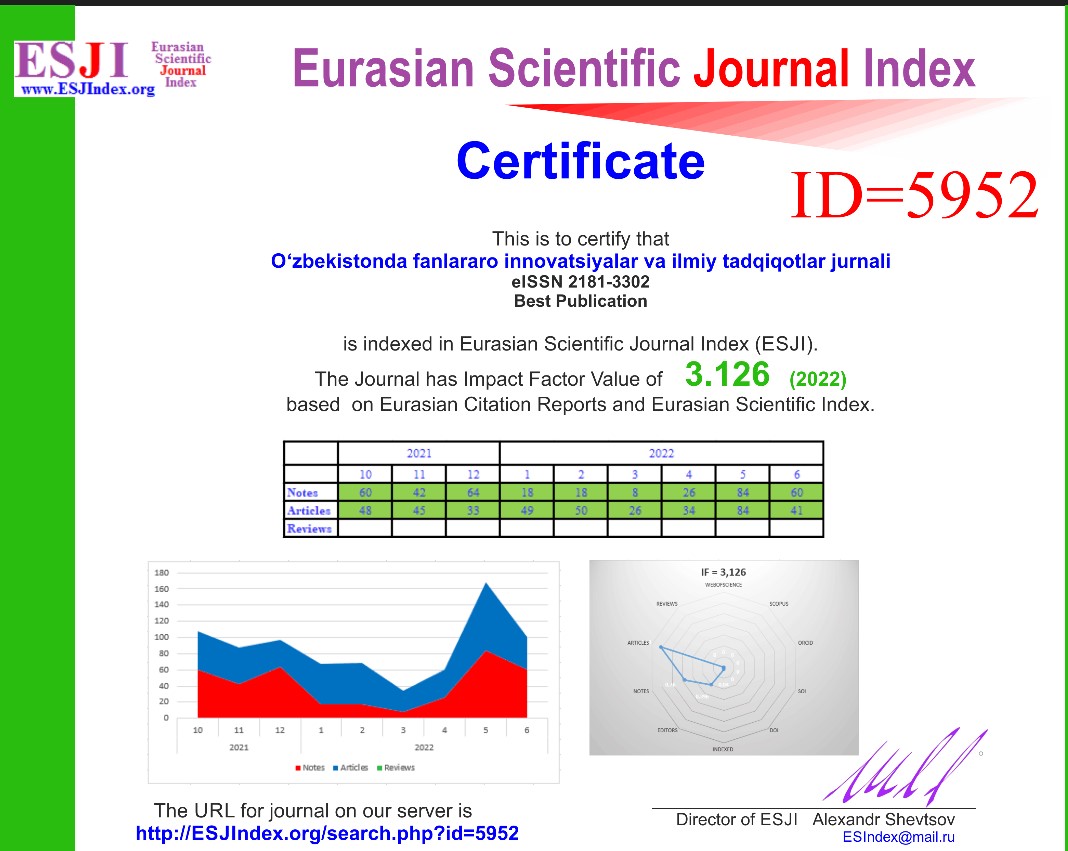A COMPREHENSIVE APPROACH TO FOREIGN LANGUAGE TEACHING AND LEARNING IN DIVERSE CONTEXTS
Abstract
This article explores the best ways to teach foreign languages to non-language students, focusing on using technology effectively. The authors reviewed existing research on this topic, particularly how computers and digital tools are used in Russian universities.
Overall, the tools have incredible potential to improve how language skills are taught and learned. They believe that by creating a technology-rich learning environment, students can improve not just their language abilities, but also their professional skills and digital literacy. To prove this, they tested their own integrated teaching approach using technology and found it to be successful. This research will be helpful for language teachers, curriculum developers, and educational researchers looking for ways to improve language learning with technology.
References
Brown, H. D. (2020). Principles of language learning and teaching (7th ed.). Pearson Education.
Byram, M. (2008). From foreign language teaching to intercultural education: A critical pedagogy for the twenty-first century. Routledge.
Council of Europe. (2001). Common European Framework of Reference for Languages: Learning, teaching, assessment (CEFR). Cambridge University Press.
Genesee, F., & Hamayan, E. (2000). Beyond bilingualism: Towards a comprehensive approach to language and literacy. Multilingual Matters.
Kumaravadivelu, B. (2003). Beyond methods: Macrostrategies for language teaching. Yale University Press.
Oxford, R. L. (2011). Teaching and researching language learning. Routledge.
Richards, J. C. (2006). Curriculum development in language teaching. Cambridge University Press.
Stern, H. H. (2013). Fundamental concepts of language teaching. Oxford University Press.
Warschauer, M. (2010). Technology integration in language education. Routledge.











